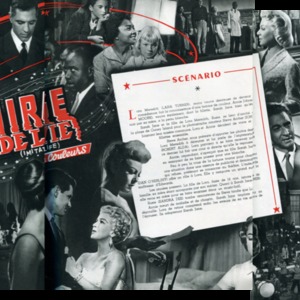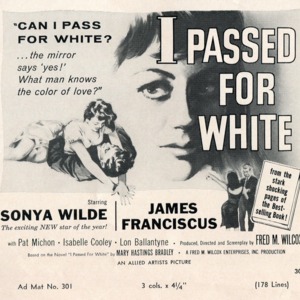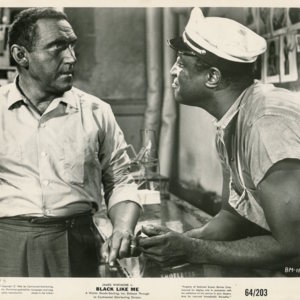The concept of passing represents a dynamic between spectacle and spectator in which an individual presents, and is taken to be, an identity which is “other” to their true self. According to Monique Rooney, “The attraction of passing lies in the hope of reaching a destination at which the previously illegitimate body may become legitimate, the marked body may become discreet, the socially and culturally determined body may become an abstract, free body. The desire to pass is the desire to make less visible a stigmatised identity.” The concept of passing underscores the importance of both reading and being read in representation. While the practice of passing peaked in 1925, this exhibition explores films produced between 1959 and 1964. The topic of passing facilitates a critical exploration of race, and it also troubles the concept of representation and identity. To explore this further, Imitation of Life, I Passed for White, and Black Like Me provide context to this critical discourse.
Imitation of Life is a Hollywood film that follows Sarah Jane Johnson, a fair-skinned black woman who yearns to pass for white. Distributed by Universal Studios in 1959, the film operated on a $2 million budget. The 1964 film, I Passed for White, also features a black woman who is able to pass for white, enabling her to marry a wealthy, white man without revealing her identity. Hollywood Studio Allied Artists Pictures Corporation distributed the film. Black Like Me tells the story of a white journalist who artificially darkens his skin to appear black and travels to the South to experience racism firsthand. Although it was a low-budget, independent film, Continental Pictures managed a fairly wide release for it in 1964.
Rooney, Monique. “Grave Endings: The Representation of Passing.” Australian Humanities Review (2001): n. pag. Web.


